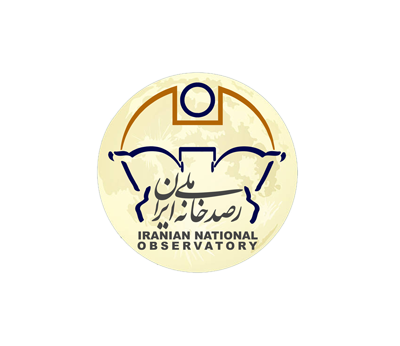Control System
The INO340 Control System (INOCS) is responsible for delivering the light from an object to the science instruments. It will do so by controlling all available mechanisms and optical elements according to specified requirements in the presence of specified disturbances.
INOCS Architecture

INOCS Main Blocks
The INOCS comprises the following systems:
Observation System Supervisor (OSS), Observatory Monitoring System (OMS), Telescope Control System (TCS) and the InterLock System (ILS). All systems include necessary electronic, hardware and software components as well as computers and network components.
OSS
The OSS is a software system responsible for coordinating all observation system subsystems. Astronomers use OSS user interface to manage their observing process and interact with all sub-systems of observation system. The OSS is responsible for providing user interfaces in different windows for handling supervisory of the whole system, observing configuration parameters, observation scheduling, resource allocation, alarm management and handling and etc. OSS transfers (through generating appropriate commands to ACS) information required for TCSS such as guiding information for tuning of telescope axis.
OMS
OMS is responsible for the high level monitoring of all observatory functions including logging and archiving system for engineering, operation and performance data. The main database system of control system is developed and implemented in this subsystem. OMS will also provide interfaces to OSS, TCSS (Telescope Control System Supervisor), ILS and BMS (Building Management System). Every subsystem will connect to OMS to store or retrieve related data.
TCS
TCS is responsible for the control of the telescope including structure (mount) with its mirrors (primary and secondary) and support systems. So, it includes three major subsystems:
TCSS
- TCSS (Telescope Control System Supervisor) is the main software system for controlling and monitoring all low-level control system functions.The TCSS is a software system responsible for coordinating all TCS subsystems and starting up and shutting down the system. Engineers/Operators use TCSS user interface (via different panels) to interact with all TCS sub-systems to control, operate and monitor the telescope subsystems.
MSC
- The MCS (Mount Control System ) is responsible for pointing and tracking of the main axes and controlling the auxiliary system for mirror cover and cable wrapping. Moreover, it also controls the balancing and HSB system.
AOS
- The AOS (Active Optics System) is responsible for maintaining the requested shape of the M1 mirror and the position of the M2 mirror.
ILS
ILS includes the all interlocks and safety related components required to guarantee person and equipment safety of the observatory. For safety reasons the intention is to keep ILS independent from all other subsystems. It uses a dedicated failsafe infrastructure. As default all subsystems with moving parts are included in the ILS and have their own and dedicated redundant remote IO stations.
INOCS Externals
There are four subsystems which do not belong to the scope of INOCS, although they have tight interaction with INOCS. These are:
ACS
The ACS (Adapter Control System) is responsible for acquiring and processing wave front sensor, guiding and field inspection camera’s data and providing the results to OSS and TCSS. It also controls the position of all related probes in adaptor and collision avoidance between them.

ICS
The ICS (Instruments Control System) is responsible to control, coordinate and monitor the instrument functioning. ICS also handles control and management of science data through a data handling system in a consistent and reliable database system. The development of the ICS will be specific for each instrument and will be designed by the instrument teams.
ECS
The ECS (Enclosure Control System) provides the control system necessary to operate the Enclosure mechanical systems to meet requirements as described INO340 Enclosure Description. In particular, the ECS provides motion control capabilities to accurately point, move, track, and offset the Enclosure as required by the science operations. It also provides status information on the state and performance of the Enclosure to INOCS.
BMS
BMS (Building Management System) is responsible for the power supply management, HVAC, environmental data monitoring and control, fire alarm system, lighting, lightning protection, communication systems, liquid cooling system, security and access control.

